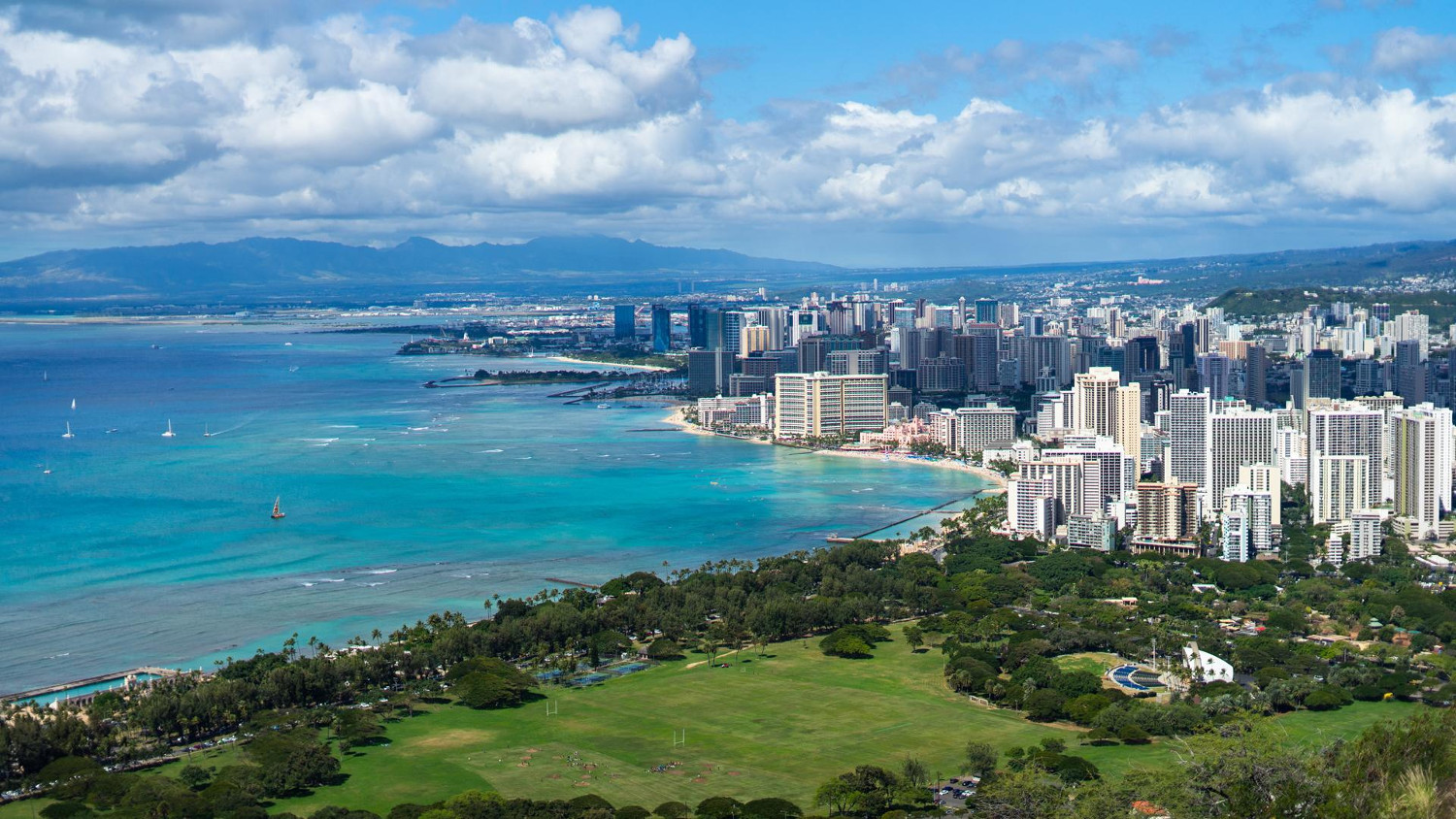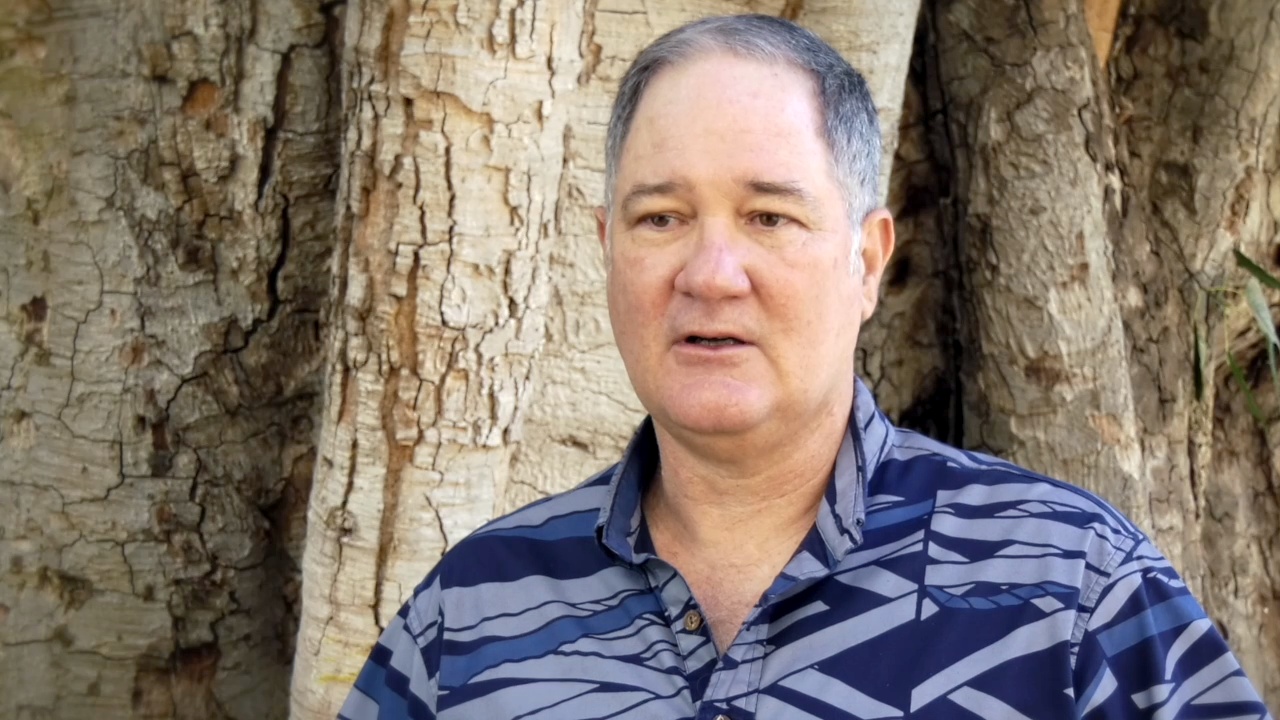(BIVN) – The University of Hawaiʻi says an optimistic economic recovery is forecast, as the COVID-19 Omicron variant wave ends and the expected return of international visitors.
On Sunday, the University of Hawaiʻi Economic Research Organization, or UHERO, said it predicted broader economic recovery in its first quarter forecast for 2022. However, there are remaining risks due to the Russian / Ukrainian conflict, federal interest rates, and other possible pandemic-related disruptions.
“Well it’s a more optimistic outlook, it’s a little more upbeat,” said UHERO Executive Director Carl Bonham in a video news release. “We got through Omicron really quickly and we’re beginning to see the visitor numbers come back.”
UHERO said the “expected transition of the virus to an endemic disease sets the stage for easing of travel restrictions and the long-awaited return of international visitors.”
“We saw Canadians back to 40% of where they were pre-pandemic,” Bonham said. “The Japanese market, we saw some relaxation of restrictions but not complete relaxation so we really think it’s going to be Golden week into the summer before we really see a marked improvement in Japanese visitors.”
The University provided these highlights of the March 6 report:
- The Omicron wave of the COVID-19 pandemic dealt a blow to global growth. The rapid retreat of this wave and likely evolution to endemic status are good news. Still, lingering struggles with the virus, the weight of fiscal retrenchment and ongoing supply and price pressures have moderated the outlook for 2022. Russia’s invasion of Ukraine and the resulting international sanctions add new uncertainty to the U.S. and global outlook.
- Hawaiʻi’s visitor industry recovery was halted by the Delta variant wave of the COVID-19 pandemic in summer 2021, and the Omicron variant caused another setback at year end. Bookings by U.S. visitors have now bounced back to their pre-pandemic pace, although bookings by Asian visitors remain essentially zero. While there are concerns about the recent surge of COVID-19 in some Asian countries, UHERO expects travel restrictions to ease in coming months, permitting a significant return of international visitors.
- The pandemic has had unusual effects in labor markets, including record rates of business formation and a surge in worker absences. Job recovery in Hawaiʻi, which had been proceeding at a healthy clip, paused after the Delta wave hit. Employment gains will resume this year, although a reduced labor force and lagging tourism will delay a full recovery.
- Hawaiʻi home prices surged 18% last year, roughly in line with the U.S. overall. Higher prices and rising mortgage rates will further erode housing affordability in the islands. Initiatives to address affordability are ongoing at the state and local levels.
- Robust construction activity continues. Federal spending under Hawaiʻi’s share of a massive $8 billion Navy contract and the Infrastructure Investment and Jobs Act will support the industry in coming years. The possibility of a moratorium on new water meters because of the Red Hill water crisis is a concern for new residential development.
- After a weak start to the year, arrivals will surpass last summer’s peak by the second quarter and reach 90% of their pre-pandemic level by the year’s end. Visitor numbers will reach 9.5 million in 2023.
- The state’s payroll base will see increasing gains as the year progresses and expand by 4.5% for the year as a whole. By 2023, job growth will have absorbed most of the slack in the labor market, driving the unemployment rate down to 3.3%.
- Income growth in Hawaiʻi, which has been supported by extensive federal stimulus, will take a hit this year as the direct support to families ends. Real personal income will drop 4.7% this year. Gains in employment and wages will enable the beginning of income recovery as the year progresses.
UHERO says there remain big risks. “COVID-19 still has the capacity to be very disruptive,” the UH news release stated. “Federal Reserve interest rate hikes could cause more slowing than desired. Russia’s invasion of Ukraine could cause higher energy costs and slower global growth, which would impact Hawaiʻi tourism and local inflation.”
“We’re going to see more inflation,” Bonham said. “We’re going to see higher gasoline prices, eventually higher electricity prices. So if you add in the effects of higher oil prices for the next 3-6 months you get another 25-50 basis points increase in inflation.”



by Big Island Video News9:32 am
on at
STORY SUMMARY
HONOLULU, Hawaiʻi - With the end of the Omicron variant wave, international visitors are expected to return to Hawaiʻi, driving broader economic recovery.